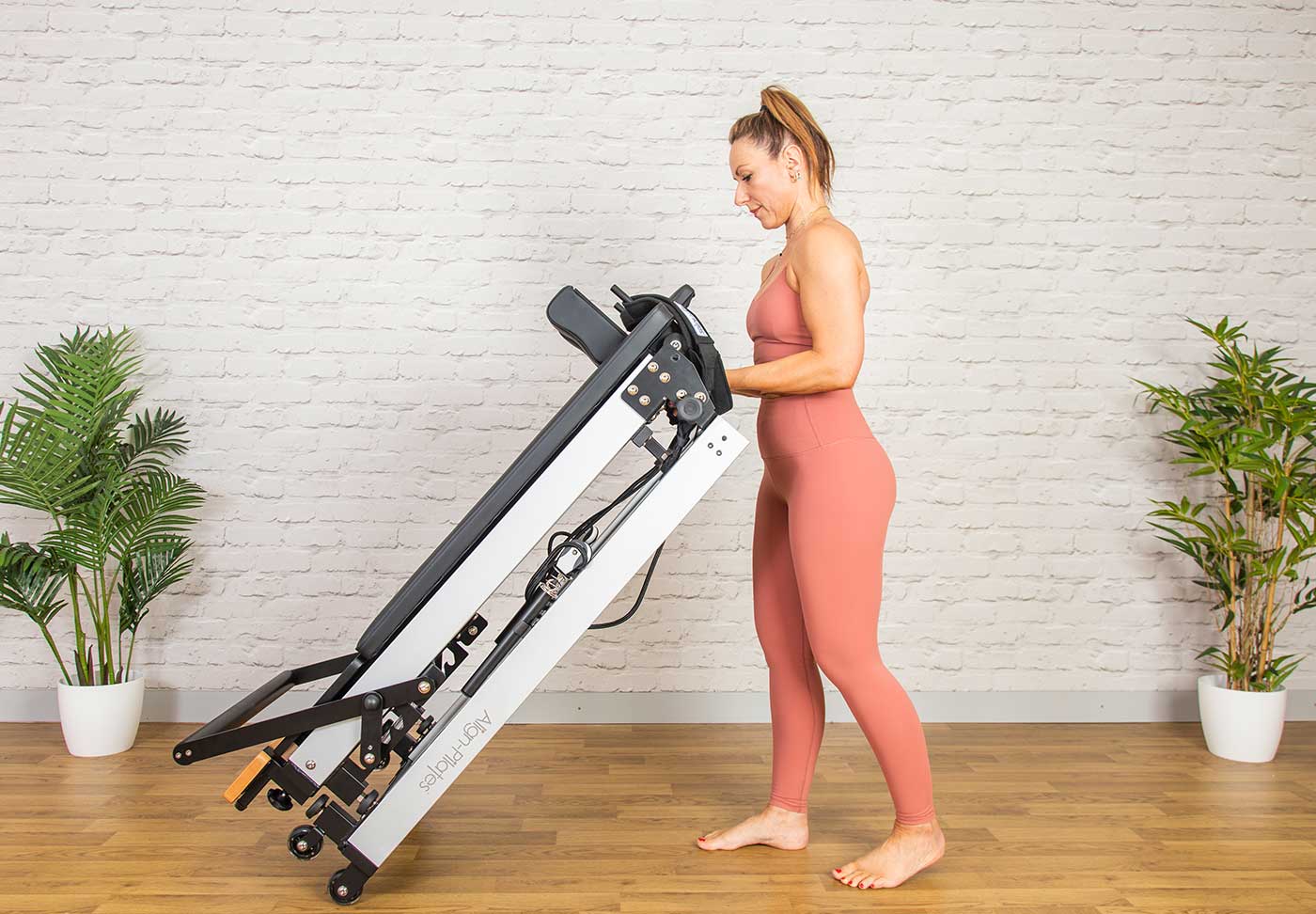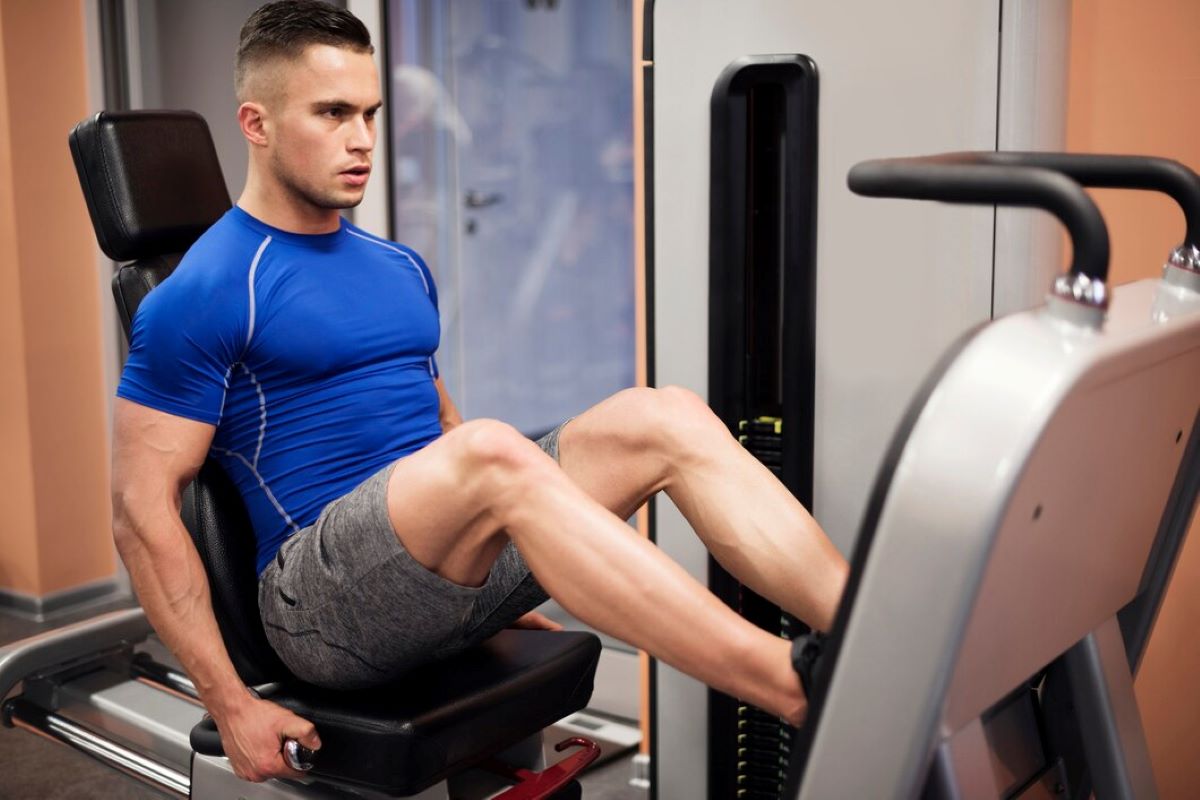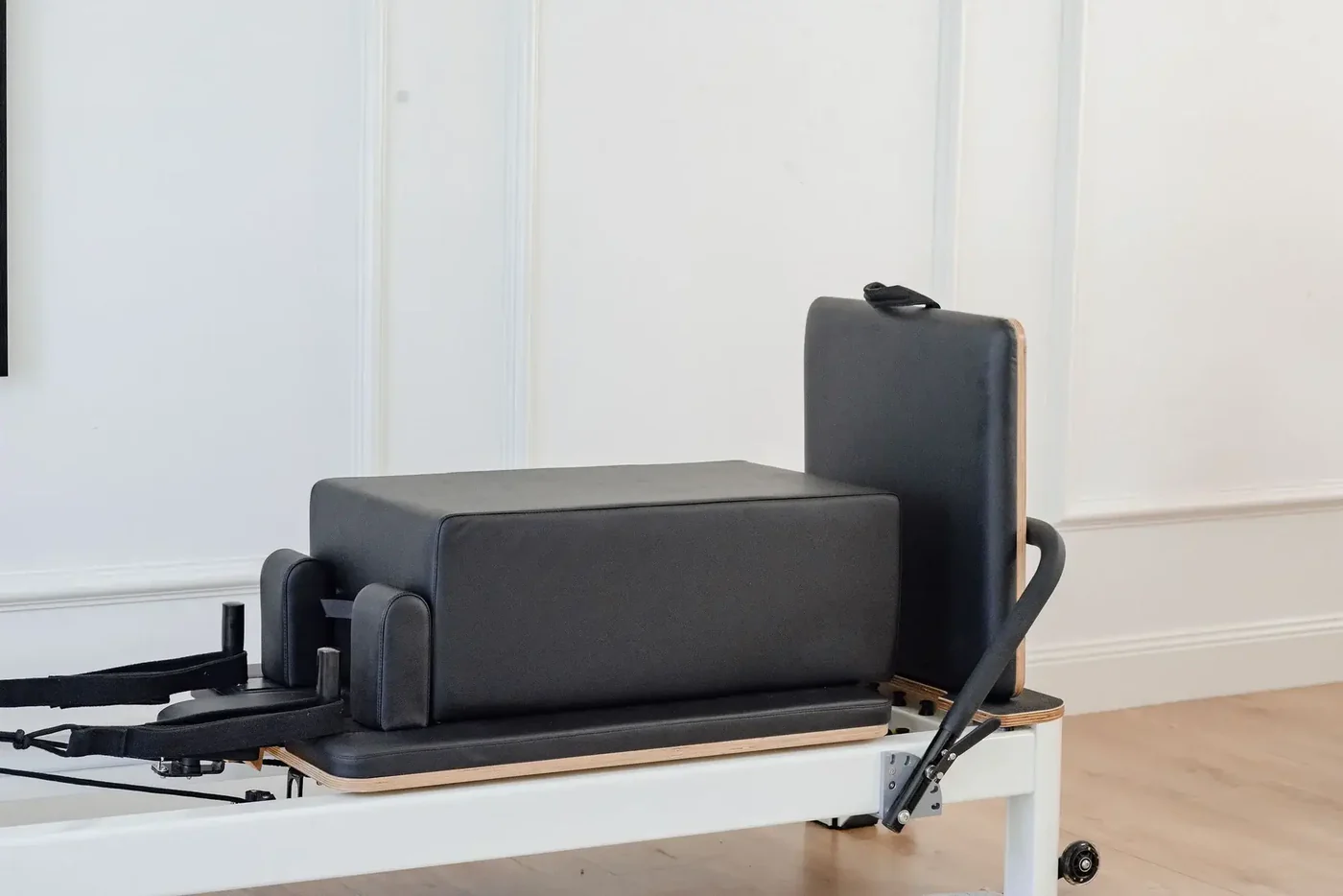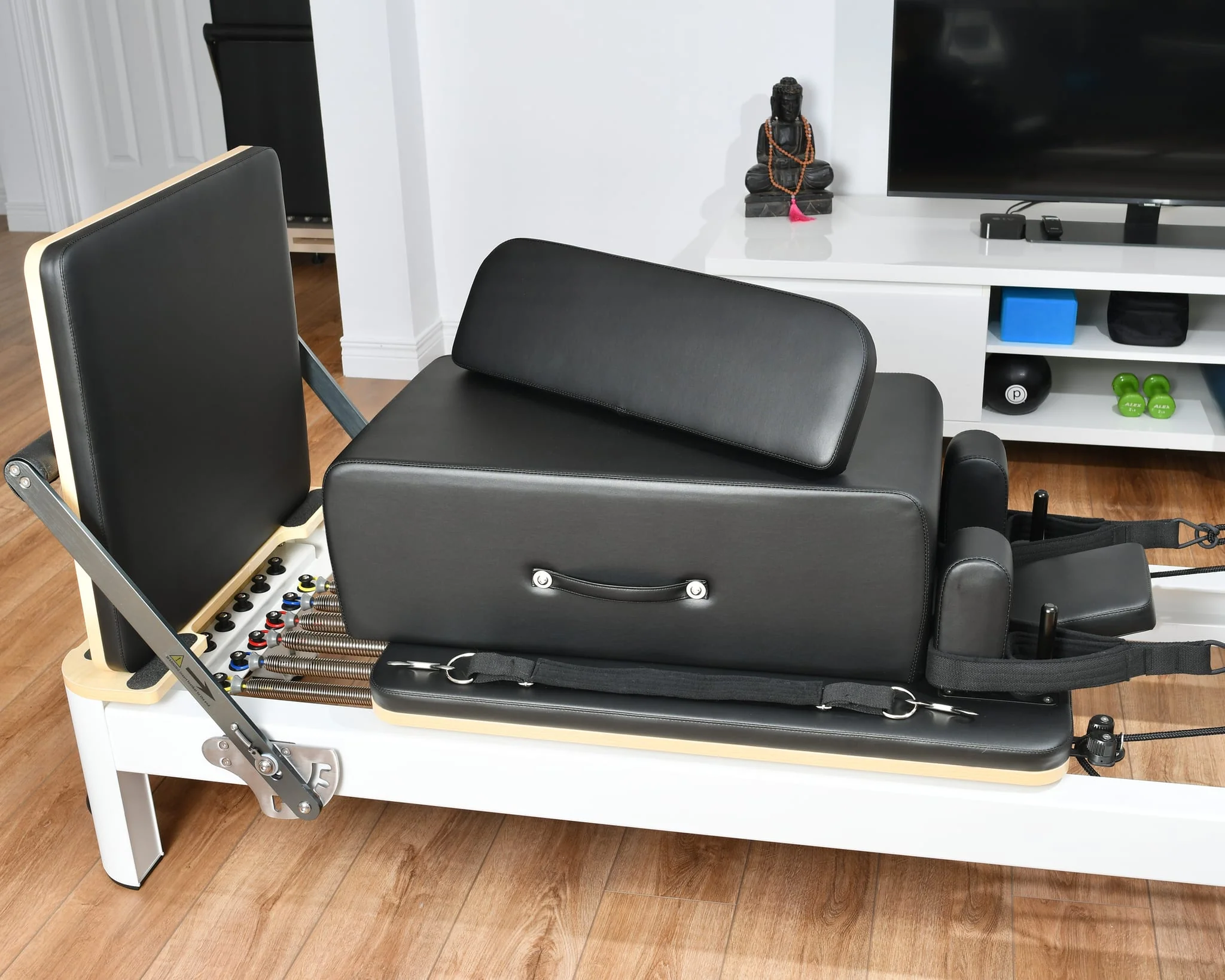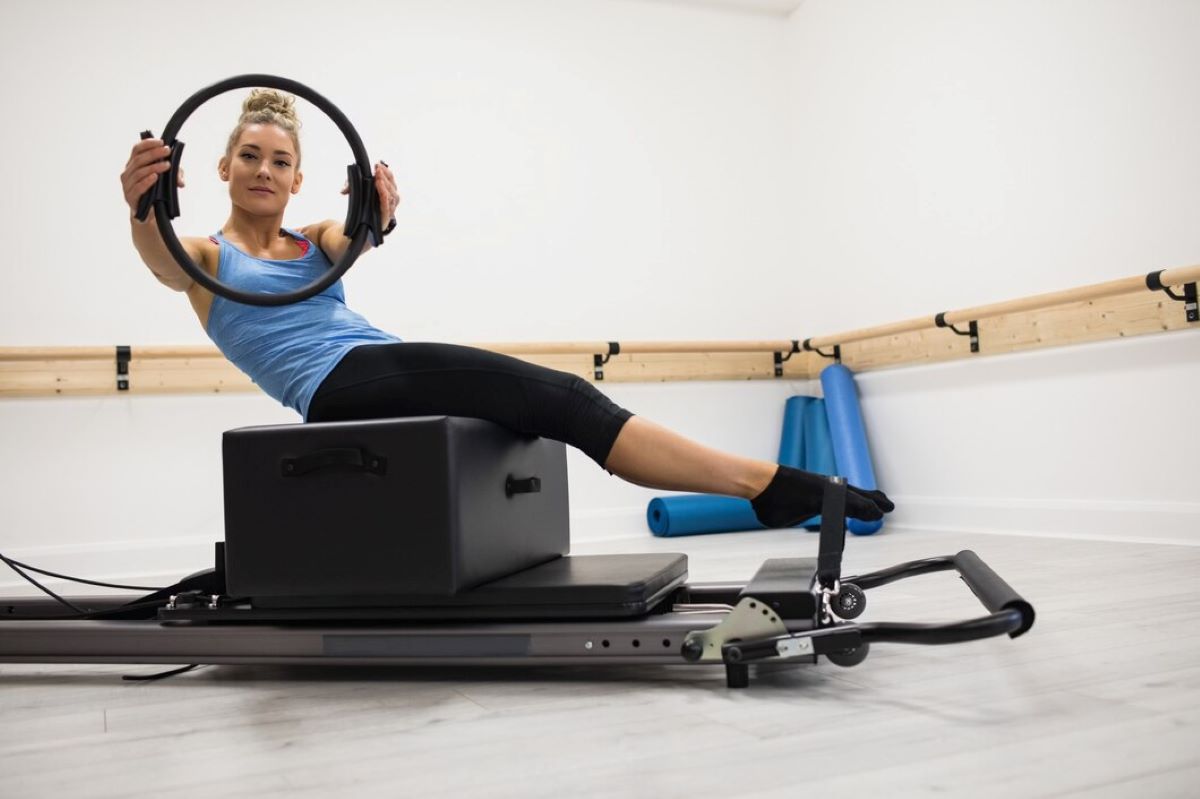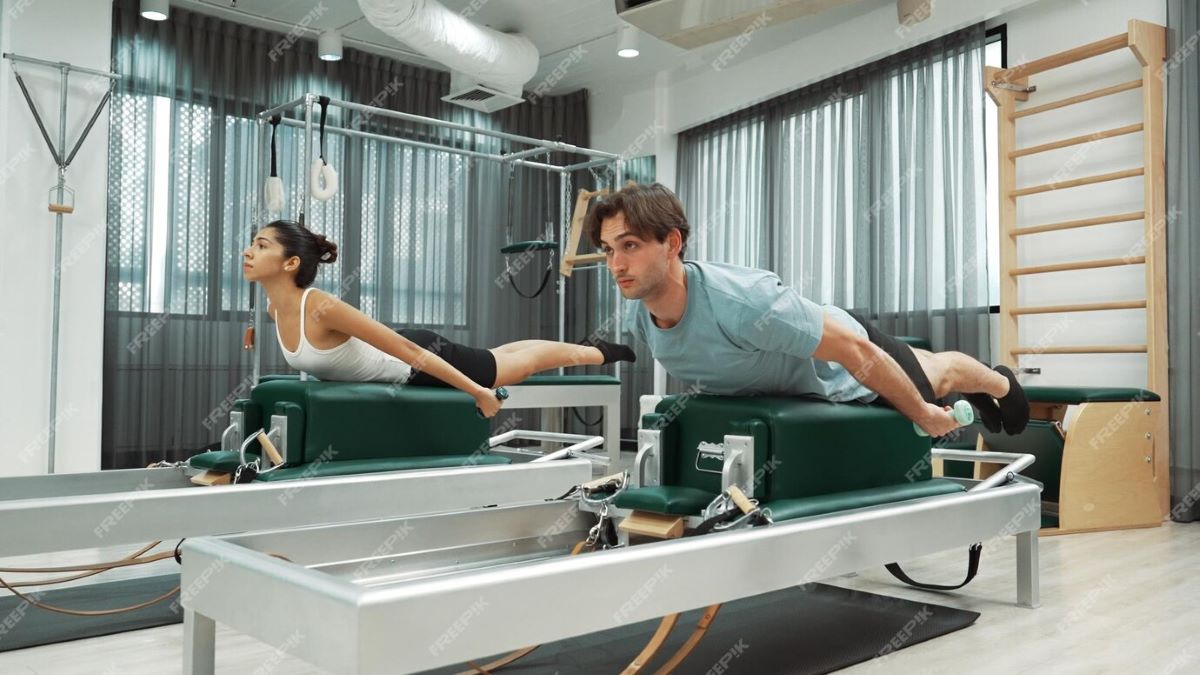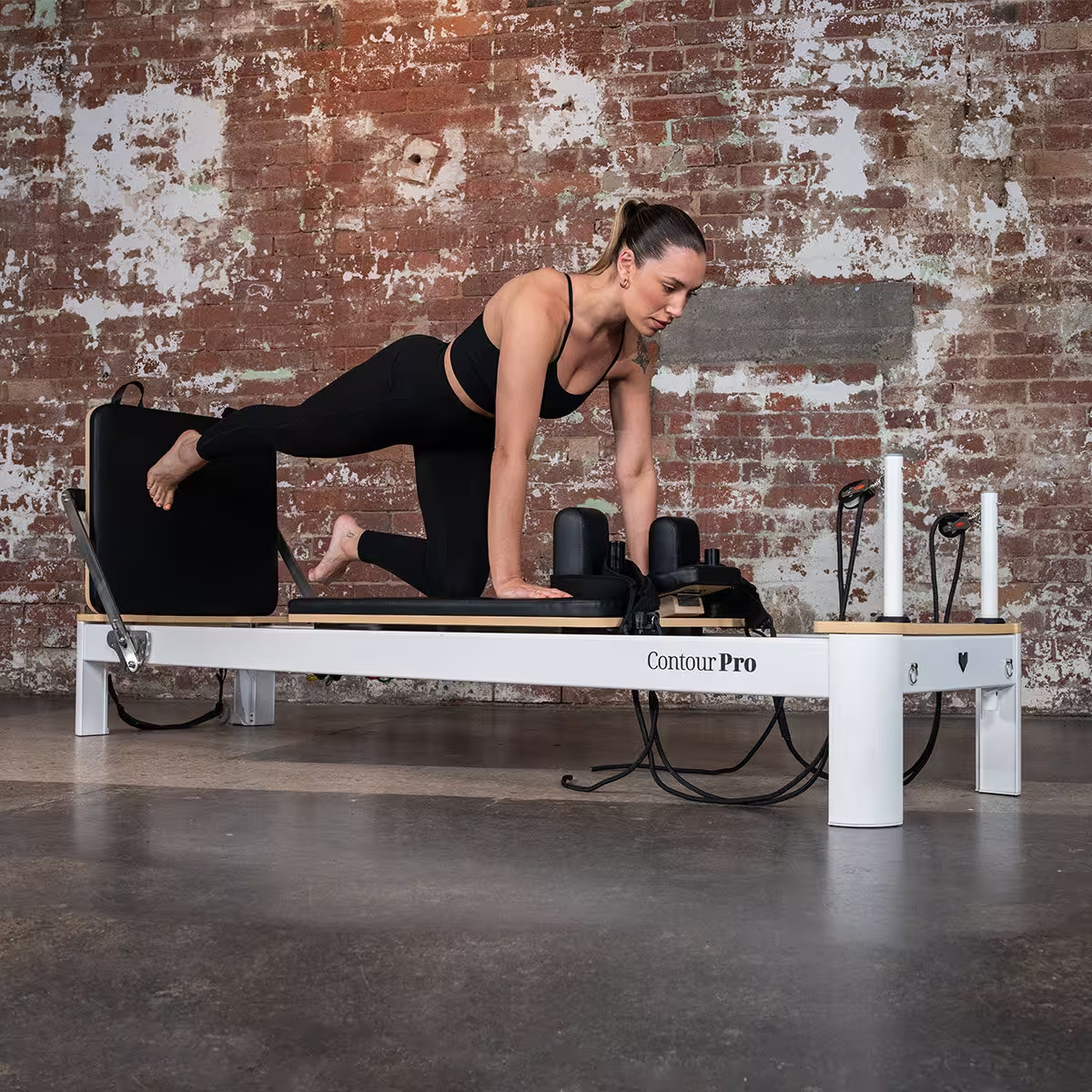Our Fitness and Nutrition Offerings

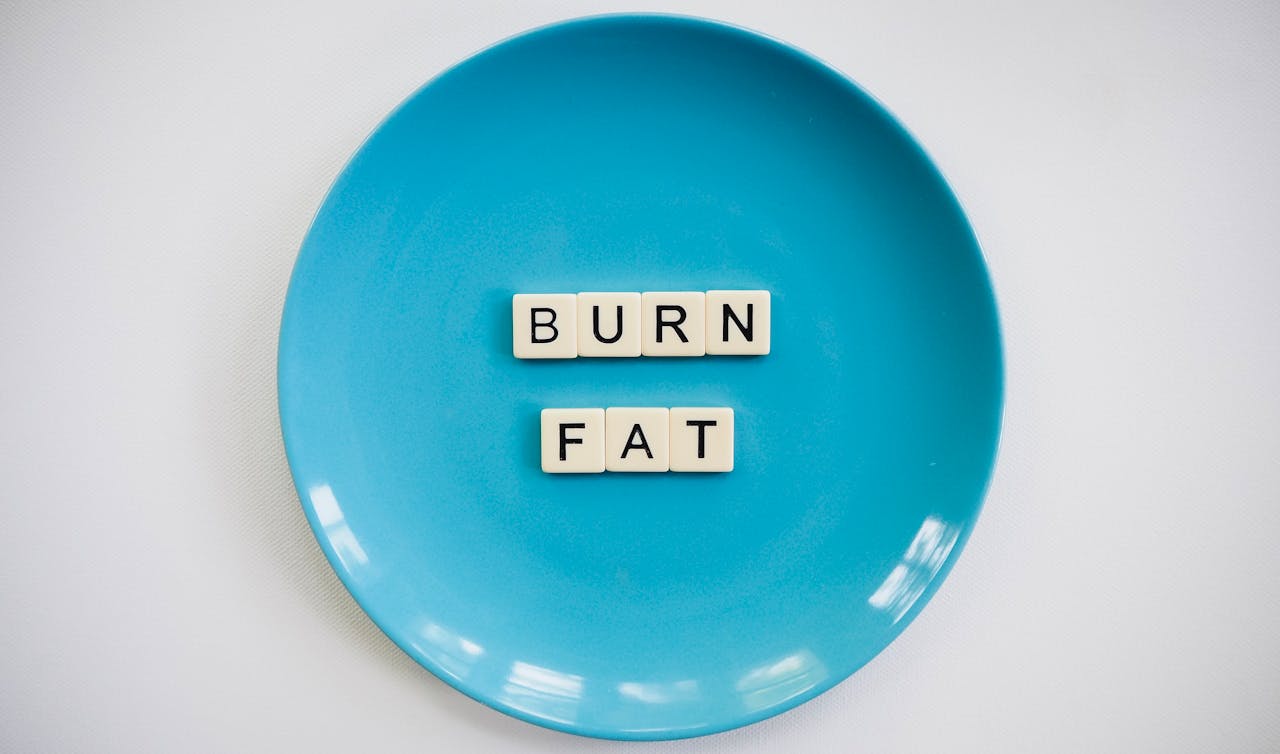

Recent Articles
Personalized Weight Loss: How Online Coaching Transforms Your Journey
Introduction In today’s fast-paced world, the traditional approach to fitness has evolved. Gone are the days when you had to...
Read MoreFrom Gyms to Screens: How Online Fitness Programs Are Reshaping Australia’s Workout Culture
Introduction Once upon a time, fitness in Australia was all about gym memberships, bootcamps at the park, and early morning...
Read MoreTop Benefits of Using a Pilates Reformer Sitting Box in Your Practice
The Pilates reformer sitting box is an invaluable tool that enhances the versatility and effectiveness of Pilates practice. This piece...
Read MoreWhat Is a Pilates Sitting Box and Why You Might Need One
In the realm of fitness and rehabilitation, Pilates has gained immense popularity for its ability to enhance strength, flexibility, and...
Read MoreReformer Pilates Bed for Sale: What to Know Before You Buy
As the popularity of Pilates continues to surge, many individuals are considering investing in a reformer Pilates bed for their...
Read MoreWhy the Reformer Pilates Machine Is a Must-Have for Your Home Studio
In recent years, the popularity of Pilates has surged, with many fitness enthusiasts embracing its numerous benefits. Among the various...
Read MoreExploring New Workout Possibilities with a Pilates Reformer Bed
The Pilates reformer bed has emerged as a revolutionary tool in the world of fitness, offering a unique approach to...
Read MoreThe Ultimate Guide to Maintaining Your Pilates Bed at Home
For enthusiasts of Pilates, the Pilates bed, also known as the reformer, is an essential piece of equipment that can...
Read MoreBest Pilates Equipment for Beginners: Start Your Pilates Journey Today
Pilates is a fantastic way to improve your strength, flexibility, and overall fitness. For those new to the practice, selecting...
Read More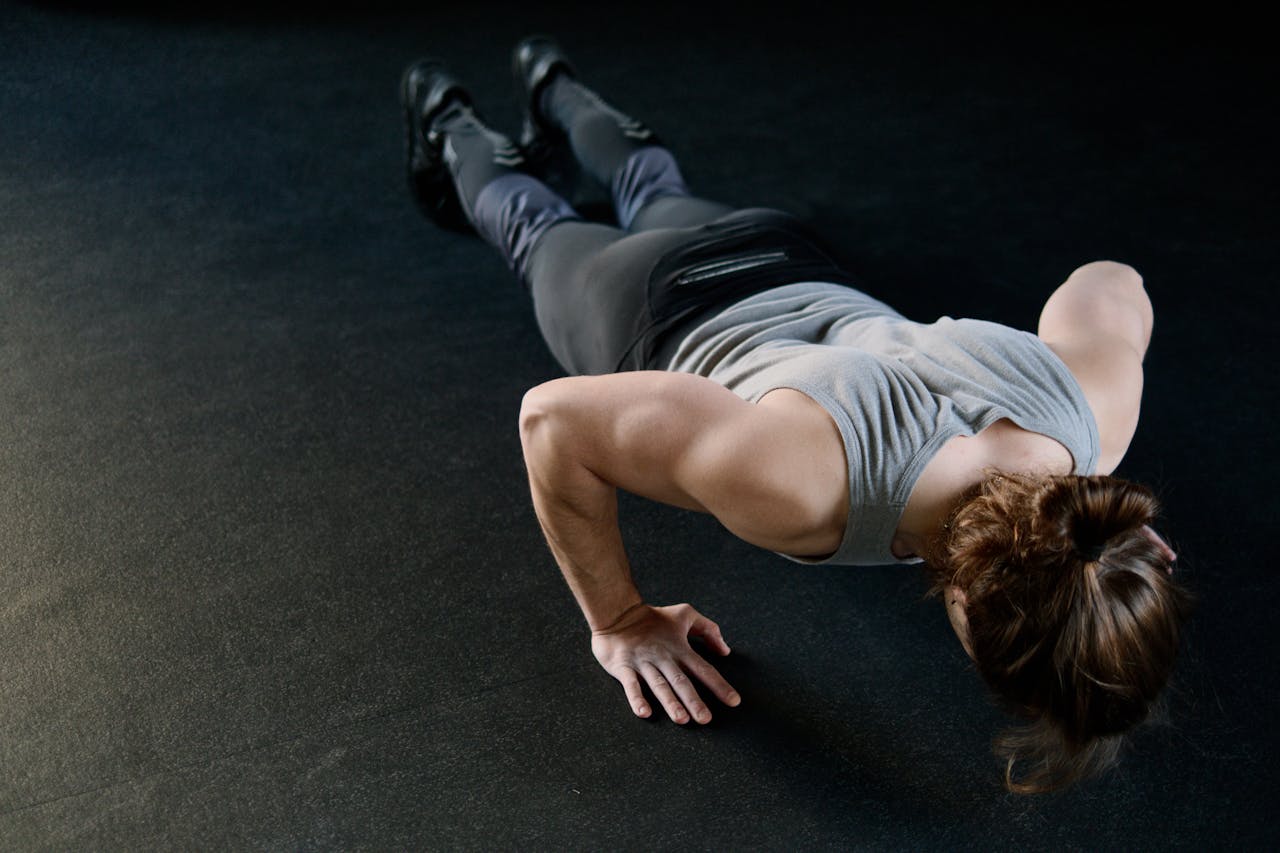
Empowering Your Fitness Journey
At My Fitness Seven, we provide expert insights and practical tips on weight loss, workouts, and nutrition to help you achieve your fitness goals and embrace a healthier lifestyle. Whether you’re focusing on strength training, cardio, or incorporating Pilates equipment into your routine, our guidance ensures you get the most out of your workouts. With a well-rounded approach to fitness, you can build strength, improve flexibility, and stay motivated on your journey to better health.
Join Our Fitness Community
Discover support and resources to help you on your fitness journey and achieve your goals.
What Our Users Say
Success stories from our fitness community.
My Fitness Seven transformed my workout routine and helped me lose weight effectively.
The Keto diet tips were a game changer for my fitness journey.
I found great workout plans that fit my schedule and goals. Highly recommended!

